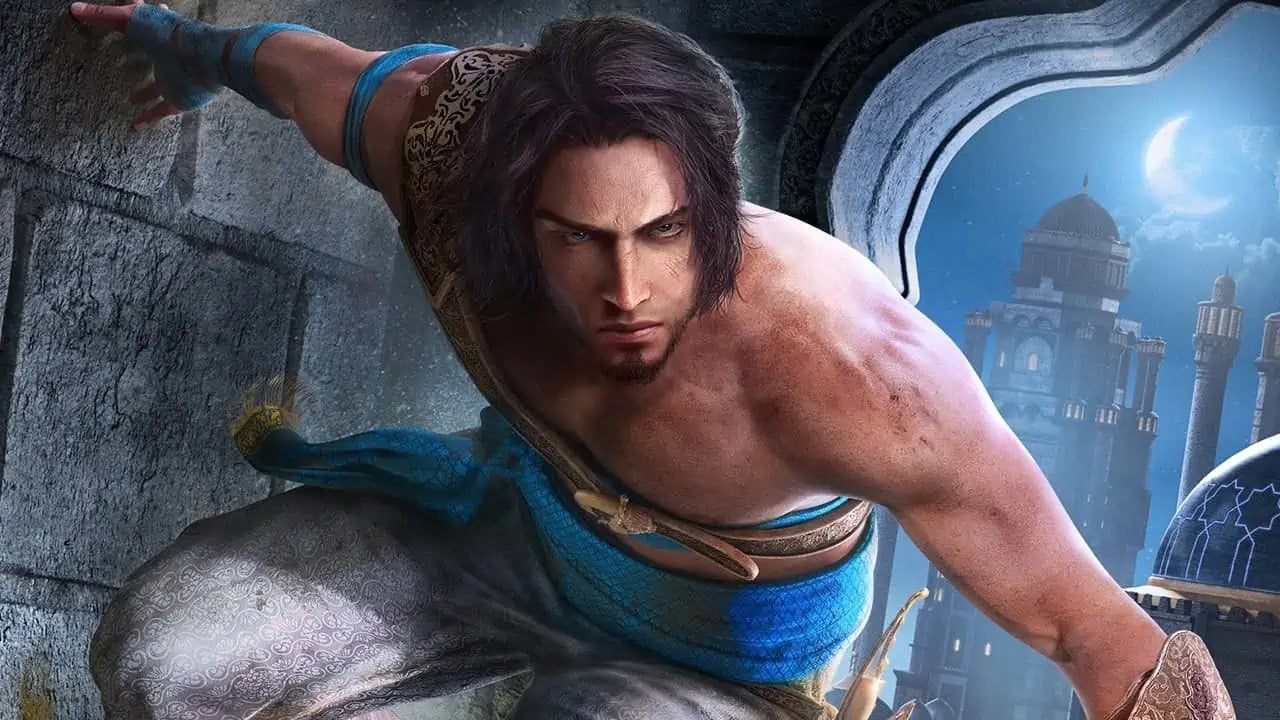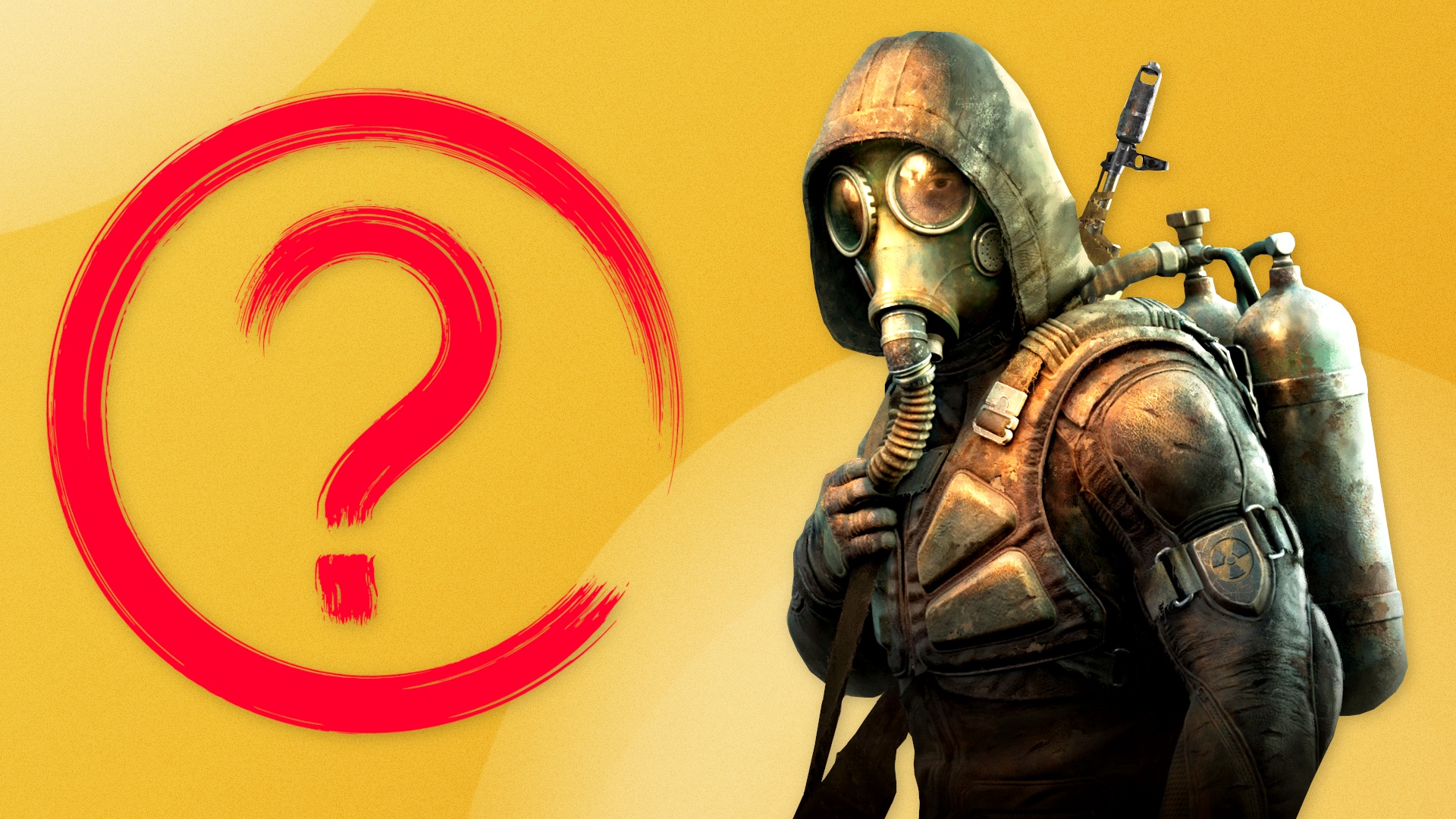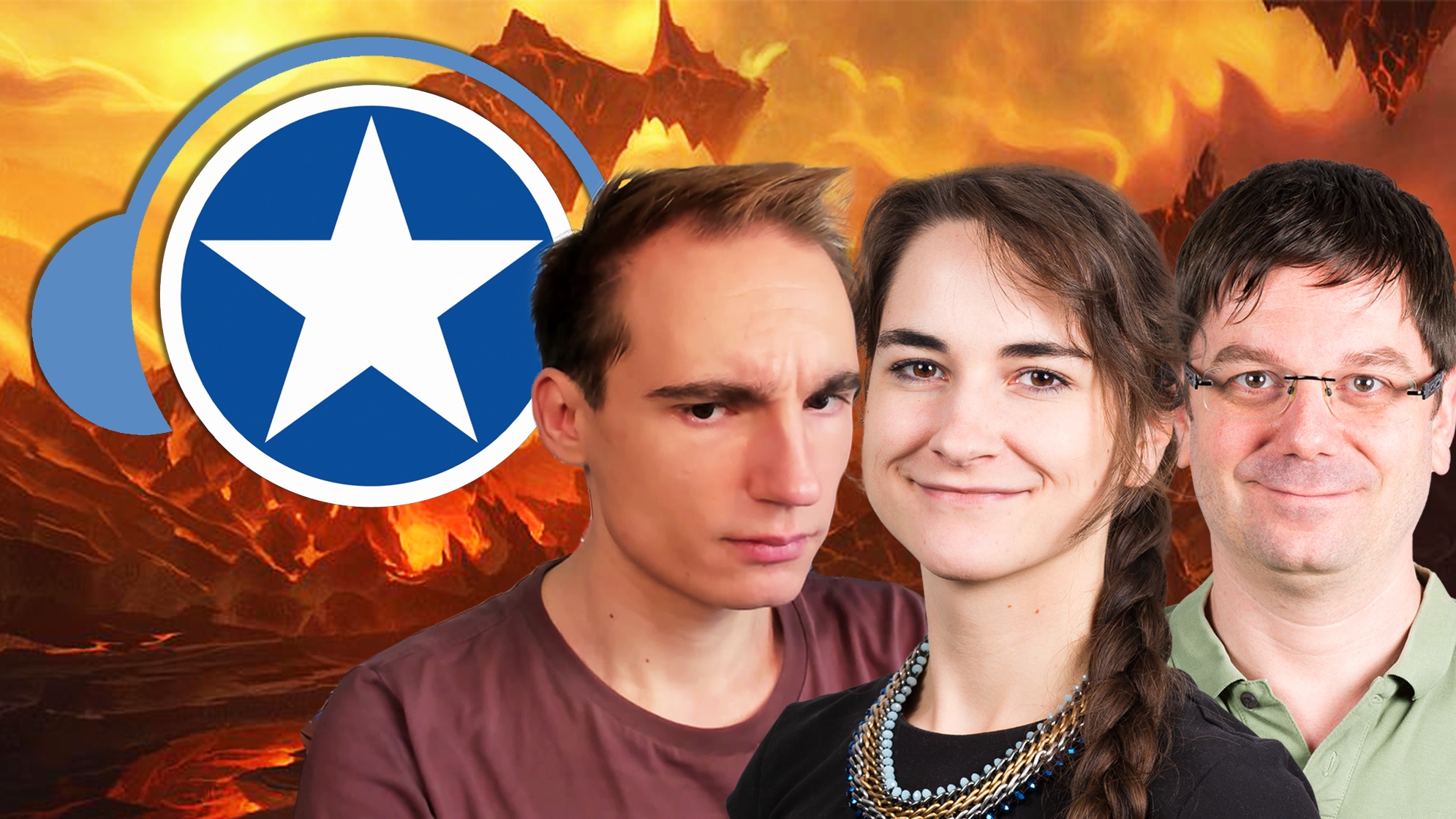At the beginning of this week we the news was surprising on two new additions to the service Antstream. Neither more nor less than the mythical graphic adventure point & click Indiana Jones and the Fate of Atlantis and the platforms Indiana Jones Greatest Adventures from Super Nintendo. And it was surprising not only for being the first games of Indy and Antstream, but to rescue that exclusive classic of the Brain of the Beast of the year 1994 and that was seen in the Virtual Console of Wii.
An action platform that shared the graphics engine of the Super Star Wars by LucasArts and that coincided precisely with the closing of his trilogy through Return of the Jedi in 94. Hence, both shared part of the same spirit, although the game of the mythical archaeologist (developed by Factor 5, the same study of the Turrican) enjoy a different rhythm and a better finish.
A game that summarized the Indiana Jones trilogy

Unlike the Star Wars trilogy on Super Nintendo, with Indiana Jones they loved each other summarize the three films in a single video game. This, which from the beginning was a sweet of the most sweet, made that many memorable scenes were left along the way and with others a little filling.
Graphically you could not put any but, as happened with other productions from celluloid, such as Batman Returns or those of Luke Skywalker, without going any further. Each stage had multiple details in the foreground and lighting was put to good use in certain sections, surprising with the variety of ranges in which it put us thanks to mode 7 to simulate 3D effects, as when flying a plane to kill Nazis in WWII.
For the most part it was still a platform for action throughout the world, from caves to a market where the already seen with Aladdin it was quite significant. The locations were familiar, being those of the movies themselves, though adapted in their own way, the ones dictated by the 16-bit age itself. Because animals or humans that hate Indy don’t suffer spontaneous combustion when flagellated with the whip, of course. But it is showy.
In relation to the iconic whip of the aforementioned Indiana Jones there was a curious fact in this video game: every time we started a phase we did it without the whip. And you had to advance a few meters to get it again. So over and over again. It did not make sense. In fact, when completing a phase we lost the whip and the pistol, if we had obtained it; not so for the grenades, which were kept.
Inconsistencies aside, it was a compliant action platform, without bragging, which took advantage of one of the most mythical licenses of the last century. It did not matter that the result was inferior to that of the films starring Harrison Ford, that the simple idea of re-incarnating that action hero was claim enough. In addition, between each phase there were snapshots (pixelated) of the movies.
Those scenes were completely static and with a lot of text to tell us how the plot progressed (mainly for people who did not see it in theaters or in their living room) and, incidentally, see how Indy traveled the world to a new place, with the corresponding password inscribed at the bottom to continue.
One of many licenses that Super Nintendo had

By condensing three films into almost thirty phases, it is logical that it did not work equally well in all of them. Without going any further, after passing the first there was an important obstacle: the giant rock scene
On the other hand, the use of certain boxes To add a bit of puzzles to the game, I was shoehorn and broke the dynamics a bit in certain sections. It worked a lot better when it came to using the whip to hang from some special anchors and swing with more style than Super Castlevania IV.
As platforms it was quite consistent, in addition, lagging a bit in relation to the fighting as it became a bit boring in some sections that were quite long. Yes indeed, Indiana Jones Greatest Adventures did not miss the opportunity to introduce bosses in the last phases of each film, giving an interesting touch to the whole and as a complement to those sections in mode 7 such as the plane, the mine wagon or that improvised “ski” in the snow.
As a curiosity, add that although the game is exclusive to Super Nintendo, in 1995 it was also going to be released for Mega Drive but it was finally canceled for not finding a distributor after the disappearance of US Gold. This did not prevent, however, that this conversion enjoyed some analysis at that time (the game was 100%, by the way) or that his prototype was sold on eBay years later for a pasture: just over 900 dollars to change. A pity that after WiiWare disappearance and its Virtual Console we have lost the possibility of enjoying that SNES classic intact … except for the Antstream cloud, of course.










